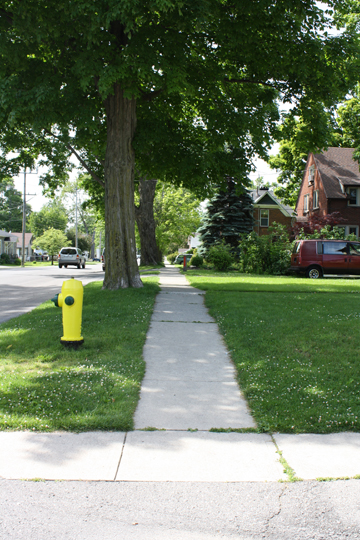What is a Walkable Community?
A walkable community is one in which there is street lighting, availability of continuous sidewalks, and a variety of shops, services, parks, schools, and workplaces within walking distance of homes. In addition, it is a community where the walking routes are safe, direct, comfortable, and convenient for all pedestrians.
Walkable communities are an important aspect of a healthy and vibrant community. To encourage citizens to rely on their cars less and choose to walk more often, the environment in which they live, work, learn, and play must support walking as a form of everyday transportation.

Benefits of a walkable community:
Health: Reducing the health risks such as obesity, diabetes, and heart disease that are currently faced in our communities.
Environment: Replacing short-distance auto trips that damage the environment by impacting air and water quality.
Safety: Reducing road congestion and improving safety by calming auto traffic and reducing maintenance costs. This provides an environment in which people feel safe and comfortable walking increases community safety for all.
Accessibility and Equity: Walking is a free and direct means of accessing local goods, services, community amenities and public transit and allows children and youth, and people with specific medical conditions, to travel independently.
Society: Discouraging street crime by increasing pedestrian and cycling traffic. Reintroducing residents to the street to enhance their awareness of the environment.
Economy: Reducing health care costs by increasing the health of residents. Improving access to employment, education and social services.
Community Cohesion and Vitality: a pedestrian-friendly environment encourages and facilitates social interaction and local economic vitality.
